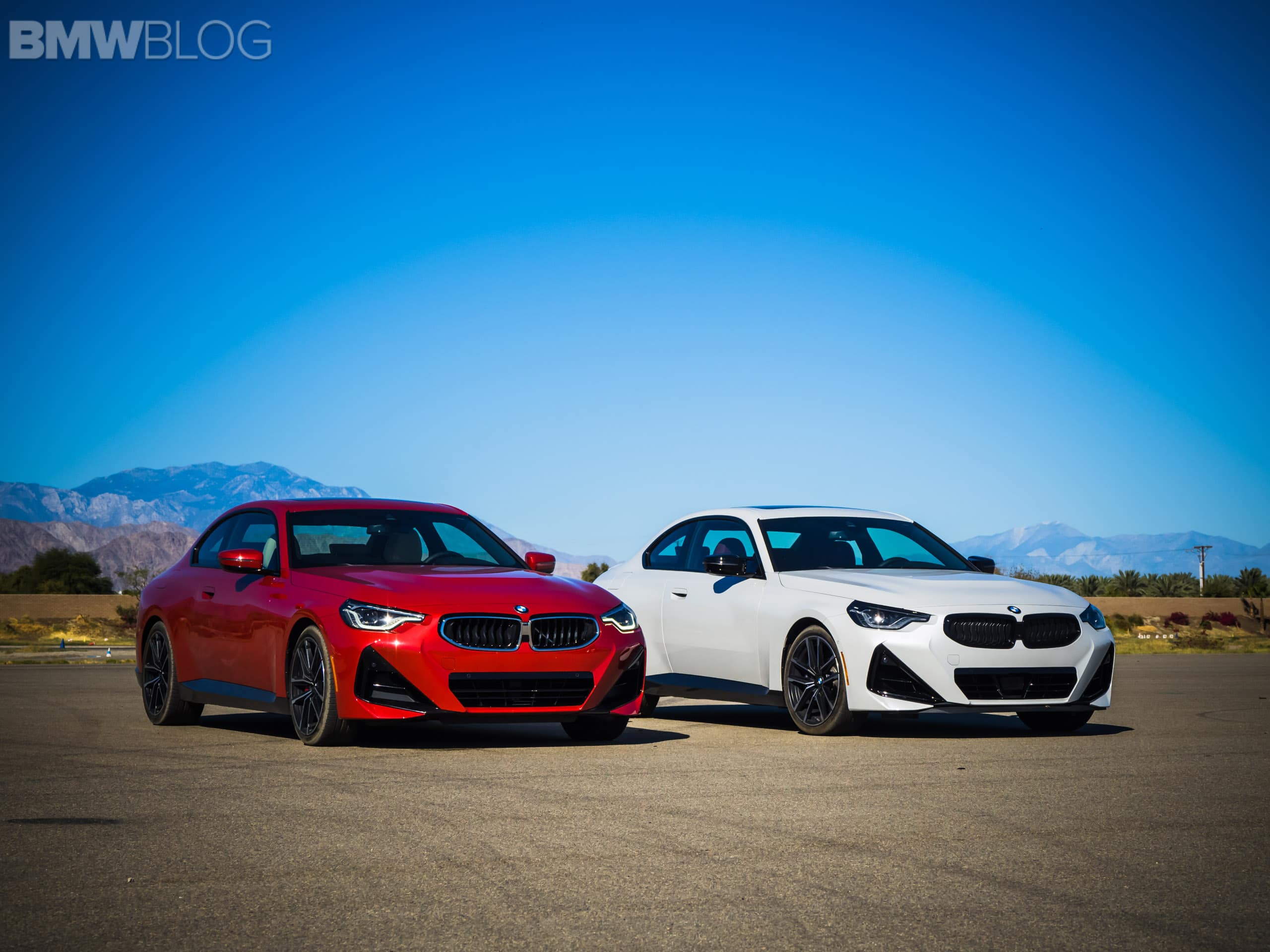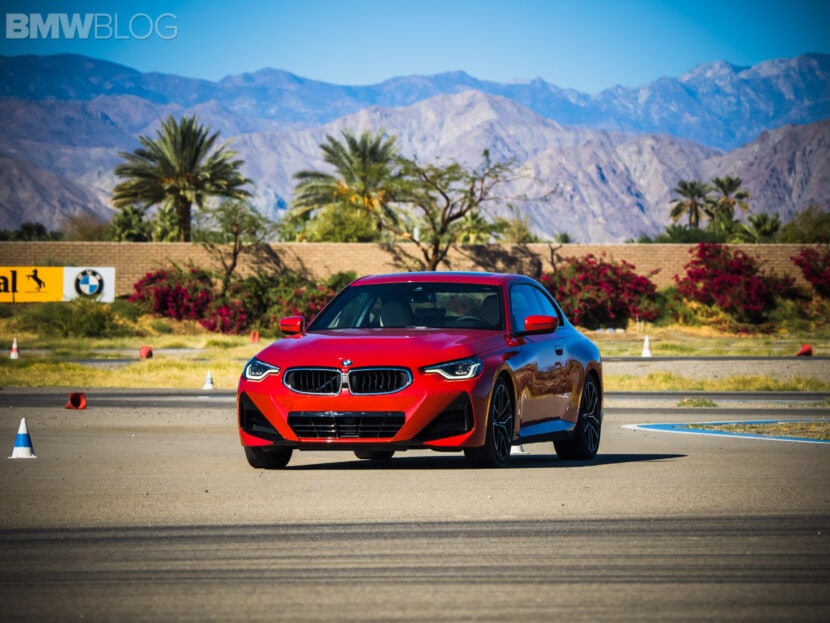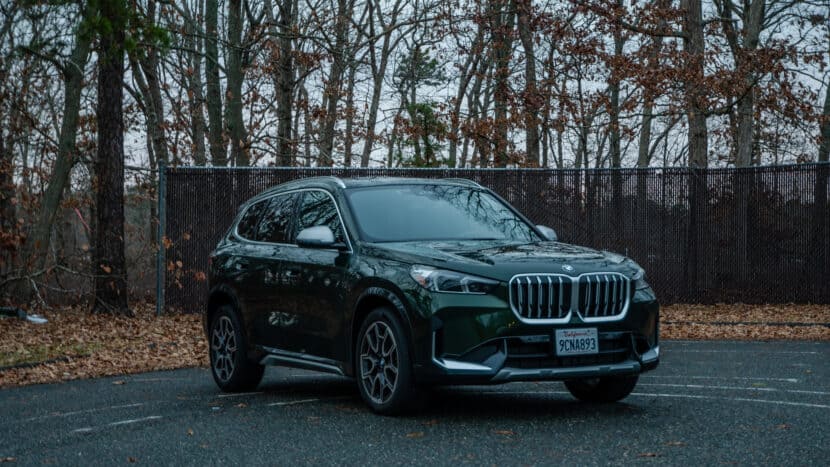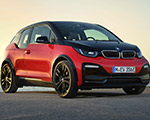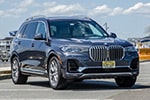According to Kelley Blue Book (KBB), BMW has an average transaction price of over $70,000, positioning it as one of the most expensive automotive brands in the United States. In fact, as highlighted in an article last month, some of the Bavarian OEM’s vehicles, such as the i7 M70 and the XM Label, can command prices up to $200,000—a sum that is 2.5 times the median household income in America.
Having said that, this doesn’t mean that BMW neglects more accessible market segments. Ultimately, $200,000 vehicles are niche products and cannot solely sustain a premium brand. Volume primarily comes from $50,000-$80,000 vehicles (e.g., 3 Series/X3). And in this article we will examine the five most affordable BMWs and the proposition they offer.
228 Gran Coupe
The least expensive BMW on sale today is the front-wheel-drive 228 Gran Coupe, starting at $39,600. It’s not exactly the most fun-to-drive or luxurious Bimmer, but it still provides a refined driving experience with ample amenities and brand cachet to justify its price tag over high-end sedans from mass-market brands like Honda, Toyota and Hyundai. Besides, within the premium segment, the 228 GC actually undercuts the Mercedes-Benz CLA-Class ($44,400) and the Lexus IS ($41,610), though the Audi A3 ($38,200) remains more attainable.
230i Coupe
Sitting above the 228 GC is the 230i Coupe — at $41,200. This two-door, rear-wheel-drive sports car is ideal for those seeking a less expensive alternative to the $68,200 M2. It’s notably lightweight, agile, and fairly quick, with a 0–60 mph time of less than 5.5 seconds. It does, however, often find itself overshadowed by icons such as the Ford Mustang ($31,920) and the Mazda MX-5 Miata ($29,350). Case in point: the Mustang has been America’s best-selling sports car, whereas the MX-5 won the WhatCar? 2025 Best Sports Car for Value award.
X1 xDrive28i
BMW’s most affordable SUV is the X1 xDrive28i, which has an MSRP of $41,350. It features a 241-horsepower engine, standard all-wheel drive, and a plush, spacious cabin with iDrive 9. Some advanced features like active cruise control, panoramic moonroof, and wireless charging are optional extras. Additionally, the X1 is based on the front-wheel-drive UKL2 platform rather than the CLAR platform, and that might deter some BMW enthusiasts. As yet, the overall package is still strong enough to make it a leading contender in a segment that also includes the Mercedes-Benz GLA-Class ($43,000)/GLB-Class ($45,800), the Audi Q3 ($39,800), and the Lexus UX ($37,715)/NX ($42,140).
X2 xDrive 28i
The X2 is essentially the coupe variant of the X1, thus, its main selling proposition is design, for which there is a premium of $1,500. While this price difference is negligible, most consumers do not consider it worthwhile because the X2’s visual appeal comes at the cost of practicality. Indeed, while BMW delivered 27,306 X1s last year, it managed to ship just 3,619 X2s. Nonetheless, with the X4 being discontinued and the X6 starting at $75,100, the X2 fills a strategic gap in BMW’s product range.
330i Sedan
The most popular (and commercially successful) model on the list is the 3 Series, priced at $45,950. It is powered by a 2.0-liter engine that generates 255 horsepower and can accelerate from 0 to 60 mph in 5.6 seconds. The all-wheel-drive variant costs an additional $2,000 and is quicker off the line, achieving 0 to 60 mph in 5.4 seconds. Remember, the 3 Series is inherently more dynamic than the X1, the X2, and the 2 Series Gran Coupe, and also more versatile than the 2 Series Coupe. Not to mention, even with the Premium Package ($2,450) and the Driving Assistance Professional Package ($1,700), it won’t cost more than $55,000, which we feel is excellent value for money.
Competition includes the Mercedes-Benz C-Class ($48,450), Alfa Romeo Giulia ($43,995), and the Tesla Model 3 ($42,490).


